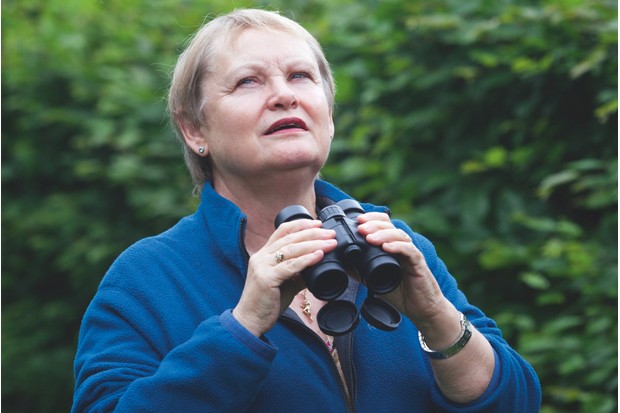On land, very small prey such as mosquitoes, aphids and ants cluster in occasional groups, providing food for other insects and birds such as swifts and green woodpeckers. Larger prey gathers in herds or flocks that occur less frequently. These are preyed upon by medium-sized carnivores, capable of stalking and chasing them.
Much larger terrestrial mammals, which are often slower and less agile, tend to be vegetarian to profit from more readily available plant food that can’t run away from it.
In the ocean, things are different. The water abounds with miniature animals – krill, copepods and mollusc larvae, to name but three of what are collectively called zooplankton. Zooplankton swarms globally across different depths of the ocean.
Baleen whales, which include species such as the bowhead whale, have mouth parts consisting of layers of barbed plates that filter these tiny organisms out of the water. In fact, evolution in the presence of abundant food created the great whales. Good, easy-to-come-by nutrition promoted healthy growth and therefore a large size.
So baleen whales have grown to a grand scale thanks to leisurely scooping up high-protein mini-prey in huge quantities, rather than expending vast amounts of energy chasing one larger food item. It has been the perfect feeding solution to produce and sustain a sizeable, slow-moving predator.
Discover more amazing wildlife
- When researchers tracked 24 giant manta rays into the deep, they discovered an amazing new behaviour
- Diver finds colossal animal skeleton off Australian coast. We know what killed it
- What the deep-sea robots saw when they went to the darkest depths of our oceans
- Oldest living animal ever found suggests Atlantic Ocean is close to tipping point, say scientists
- “It’s like swimming inside a snow globe.” When this diver dropped into a remote reef, dozens of huge animals appeared from the darkness
Top image: humpback whale feeding. Credit: Getty





